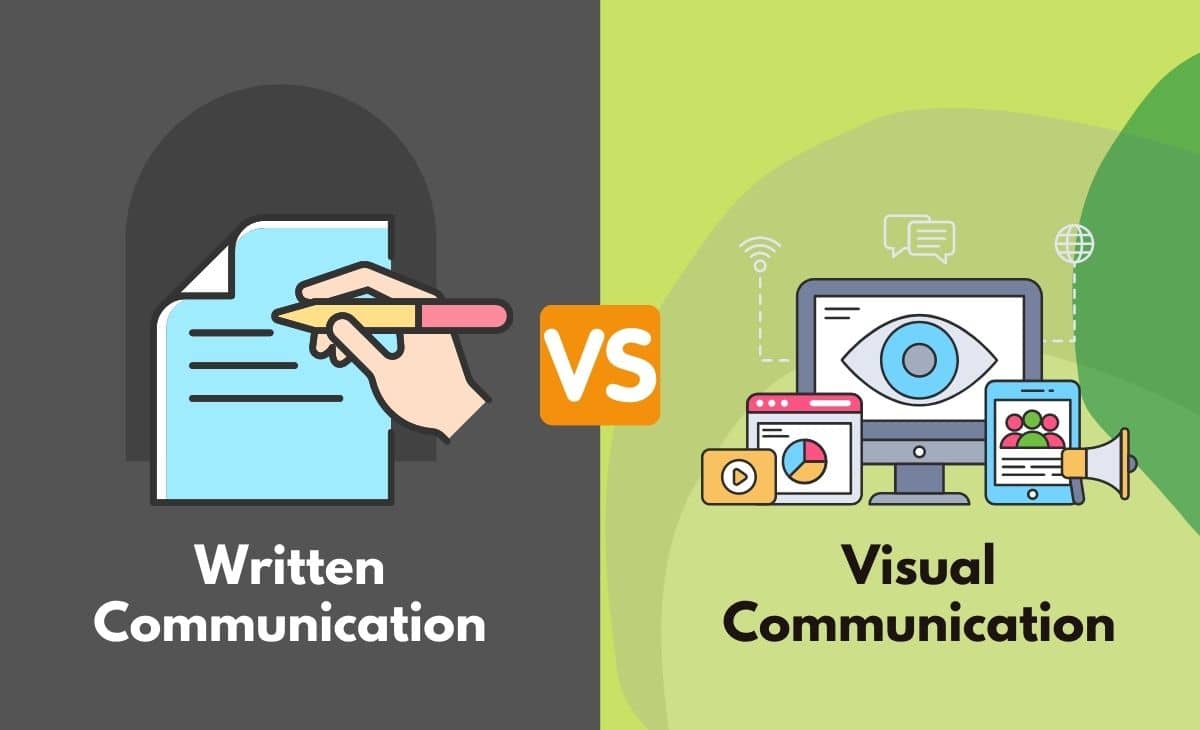
Effective communication is essential in both written and visual forms to convey your message clearly and make a lasting impact.
Here are some tips for both written and visual communication:
Written Communication:
Clarity: Be clear and concise in your writing. Use simple language to convey complex ideas. Avoid jargon or technical terms unless your audience understands them.
Structure: Organize your content logically. Use headings, subheadings, and bullet points to break up long text. A clear structure makes it easier for readers to follow your message.
Grammar and Spelling: Proofread your work for grammar and spelling errors. Mistakes can undermine your credibility.
Audience Awareness: Consider your audience's background, knowledge, and needs. Tailor your message to resonate with them.
Tone and Style: Maintain a consistent tone and style that aligns with your audience and purpose. Formality and informality should match the context.
Edit and Revise: Don't be satisfied with your first draft. Edit and revise your work to improve clarity and coherence.
Visual Elements: Incorporate visuals like charts, graphs, or images when they can enhance understanding. Ensure they are relevant and well-labeled.
Use Active Voice: Active voice makes your writing more direct and engaging. Passive voice can make sentences wordy and unclear.
Avoid Redundancy: Eliminate unnecessary words or phrases. Every word should add value to your message.
Visual Communication:
Simplicity: Keep visuals simple and uncluttered. Avoid overwhelming your audience with too much information.
Hierarchy: Use visual hierarchy to guide viewers' attention. Important elements should stand out, while less important ones should fade into the background.
Consistency: Maintain a consistent design style throughout your visuals. Use the same fonts, colors, and branding elements.
Whitespace: Embrace whitespace (empty space) to make your visuals more visually appealing and less crowded.
Color Psychology: Choose colors that evoke the right emotions and associations for your message. Consider cultural and psychological factors.
Typography: Select fonts that are easy to read. Use different fonts for headings and body text for contrast and clarity.
Accessibility: Ensure your visuals are accessible to all. Use alt text for images, provide transcripts for videos, and use high-contrast colors for text and background.
Storytelling: Use visuals to tell a story or convey a narrative. This can make your message more engaging and memorable.
Testing: Test your visual communication on a sample audience if possible. Get feedback and make improvements based on their responses.
Copyright and Attribution: Respect copyright laws and give proper attribution for images and content you use in your visuals.
Whether you are communicating in writing or through visuals, the key is to be clear, considerate of your audience, and focused on your message's purpose. Practice and feedback can help you continually improve your communication skills in both realms.
Thank You